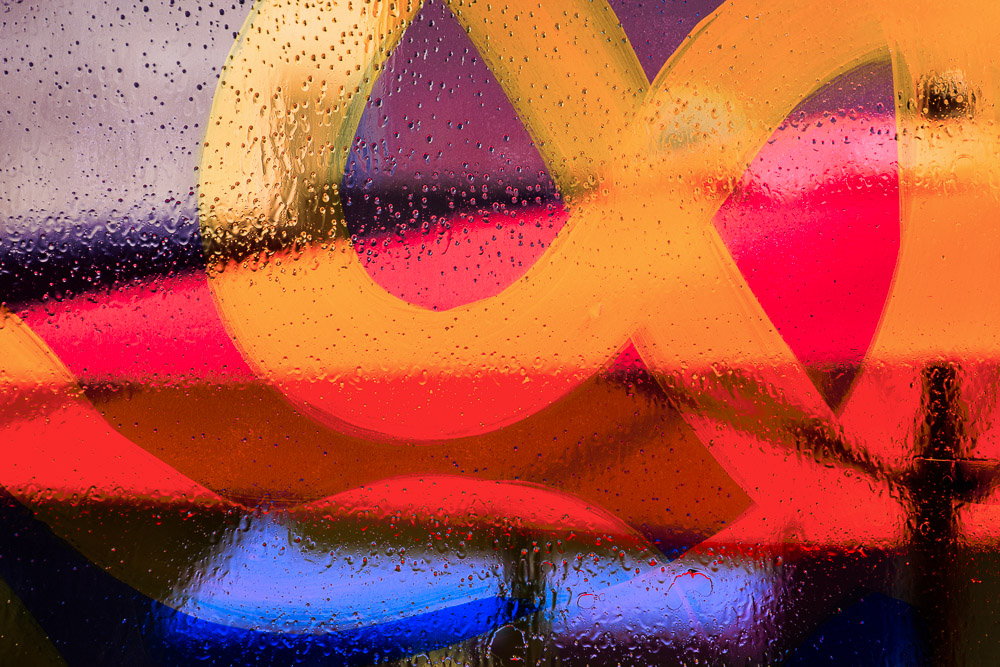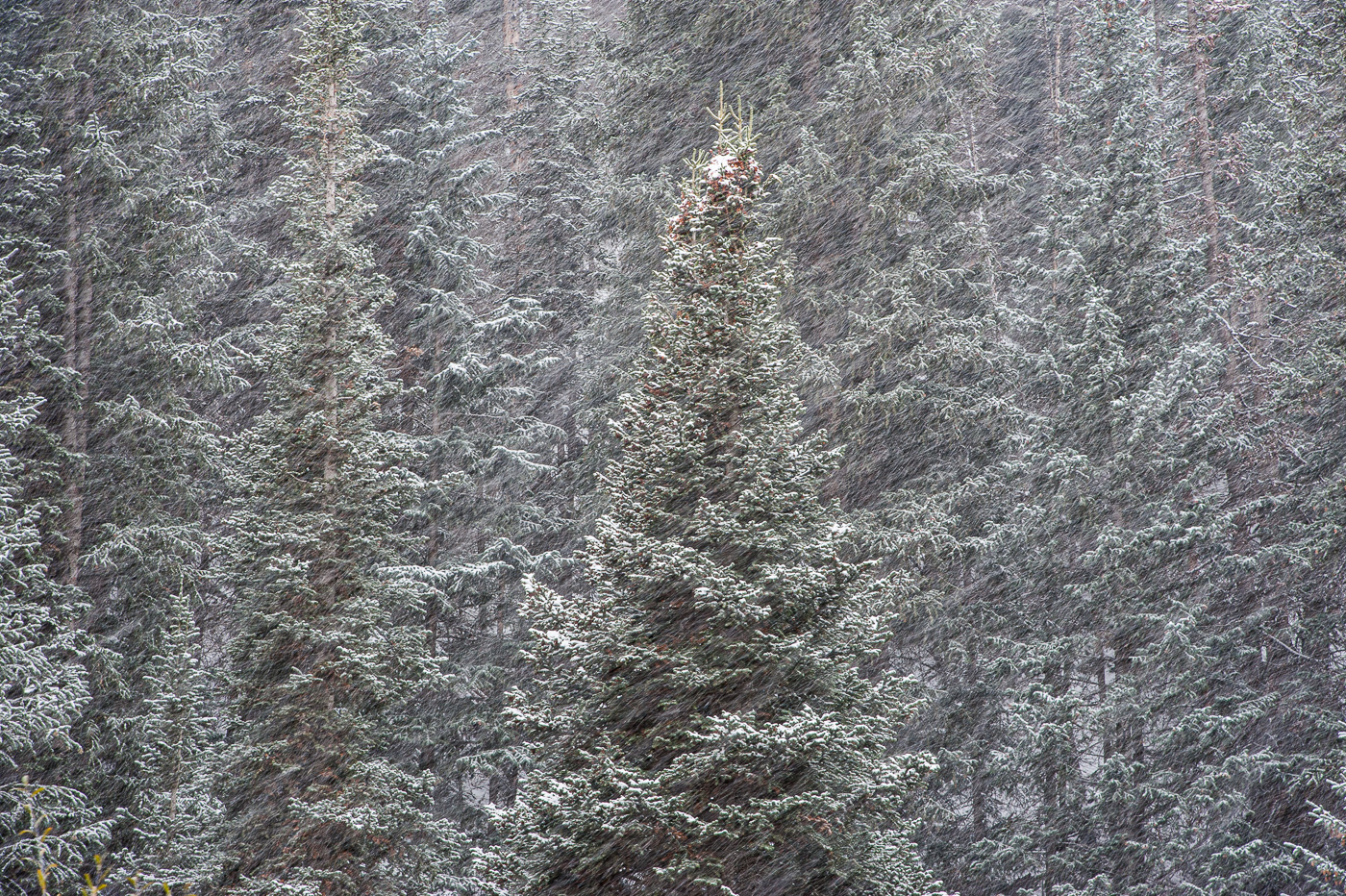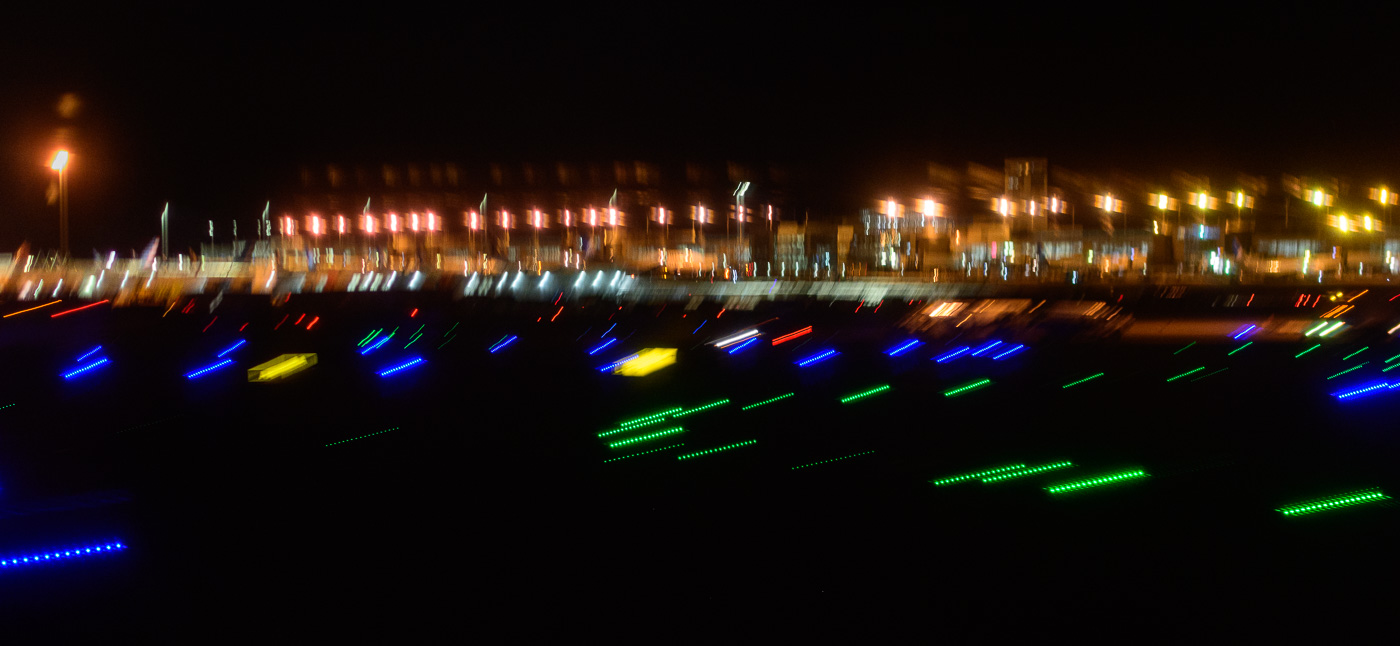Do you like your art? Are you shooting what someone else wants or for yourself? Do you hang it on your own wall and proudly show people? I believe that answering the question “do you like it” is very important.
A marketplace
Some people view the world as a marketplace. The only thing that matters is what sells. To sell, it must meet the current definition of popularity and be “trending”. That implies our personal likes do not matter compared to what is selling.
I realize there are reasons an artist may feel like this. Perhaps you have committed to photography as your livelihood. You will, of necessity, have to follow the trends and give the market what it wants. Unless you are in a position of setting the trends, but very few of us are.
The second reason is based on your personality type. If you are extroverted, you probably have a strong tendency to get your rewards externally. You want the validation of other people, and that comes from likes and awards and sales. These are external validations of our work. Inward satisfaction counts for much less.
I have a friend like that. Great guy. He has been a close friend for many years. But he cannot be convinced that anything he creates is worth more than what someone will pay for it. Or more than the lowest price he can find advertised anywhere. Because of this, he completely discounts his artistic work, because he does not think he could sell it for much, therefore it is not worth much.
 ©Ed Schlotzhauer
©Ed Schlotzhauer
Intensely personal
My art is intensely personal. Except in very rare cases where I am doing work for other people, my subjects, my treatment, my style and presentation are all selected by me and for my pleasure.
My art reflects what I am seeing and feeling. The themes running through my life. It is influenced by my artistic taste and personal values. Printing an image and hanging it for others to see is an intimate act. It is giving others a glimpse of who I am, what I feel and see. Speaking as an introvert, that is very personal and terrifying.
What if people do not like it? That can hurt. It used to hurt more than it does now. At best, now, I may dialog with them to try to understand what their reaction is and why they don’t like it. At worst, I may change the subject and try not to dislike them despite their terrible judgment ☺.
 ©Ed Schlotzhauer
©Ed Schlotzhauer
What if you don’t like it?
But what if you don’t like your work? I have seen it happen. People get bored with their work. They feel burned out. They may lose interest in the subjects they shoot. The creative spark and joy are gone. They may give up photography completely or only shoot selfies.
Or perhaps you feel trapped. You are getting likes and good feedback from social media, but your real interest has moved on and you fear that if you show the work you like now, it will lose your audience. Success can be a trap if we are not confident enough to go our own way.
Or maybe what you see when you review your images is far short of what you felt or imagined when you shot it. You just don’t know how to improve.
So, what if you don’t like your work? It is easy to get discouraged and even give up photography.
 ©Ed Schlotzhauer
©Ed Schlotzhauer
I encourage you to clarify your goals. That should help sort out the objectives.
Unless you are a commercial photographer shooting for clients, no one other than you should be able to dictate your subjects or your vision of how to shoot. Does your camera club have a very narrow criteria for what is acceptable? Drop them. I did. Years ago. It was liberating.
Are you afraid of losing your social media followers? But answer this, how much money are you making from them? I’m serious. You like the dopamine hit of likes, but what are they worth in tangible terms? Trust your creative instinct more than the internet. Take a risk and show the work that pleases you. If your followers leave, that’s OK. Find new ones that appreciate the art you want to do.
If people look at your images and say, “that’s weird” or even, “I don’t like it”, so what? They are welcome to like or buy whatever makes them happy. But our purpose for creating images should be to make us happy.
He may be unpopular these days, but I think Bill Cosby was correct when he said, “I don’t know the key to success, but the key to failure is trying to please everybody.”
 ©Ed Schlotzhauer
©Ed Schlotzhauer
Do you love it?
My point is that our art is our art. Unless we are working for hire, we ultimately do not have to please anyone other than ourselves. We should love our art. It should be a source of pride and satisfaction. An expression of our creativity.
Whatever subject and presentation you choose should be the thing that makes you the happiest. Go through your portfolio and honestly evaluate its impact on you. If you do not love what you see, change.
I can’t criticize your choice. But I hope you go deeper than just pretty pictures that get likes on Facebook. This is your creative outlet. It should feed your soul. It lets your viewers – and you – have a peek at what is deep inside you.
I know an artist who seems to be a happy, bubbly lady, but who does art that is dark and brooding and mysterious. Does that mean she has some deep mental problems? No. It just means that is what comes from her creative spirit and makes her happy. The same way that reading crime novels does not make you a potential killer.
Be passionate about your art. Fall in love with it. Be proud of it, whatever it is. Make prints and display them for people to see. Never be apologetic. Unless they are not well executed. Then work to improve. But well executed or not, like your work.
It is uniquely you. I sincerely hope you love your art as much as I love mine.



 ©Ed Schlotzhauer
©Ed Schlotzhauer ©Ed Schlotzhauer
©Ed Schlotzhauer ©Ed Schlotzhauer
©Ed Schlotzhauer ©Ed Schlotzhauer
©Ed Schlotzhauer
 ©Ed Schlotzhauer
©Ed Schlotzhauer
 ©Ed Schlotzhauer
©Ed Schlotzhauer ©Ed Schlotzhauer
©Ed Schlotzhauer
 ©Ed Schlotzhauer
©Ed Schlotzhauer ©Ed Schlotzhauer
©Ed Schlotzhauer ©Ed Schlotzhauer
©Ed Schlotzhauer ©Ed Schlotzhauer
©Ed Schlotzhauer
 ©Ed Schlotzhauer
©Ed Schlotzhauer ©Ed Schlotzhauer
©Ed Schlotzhauer